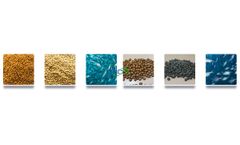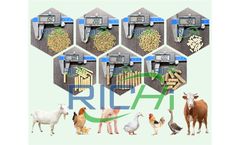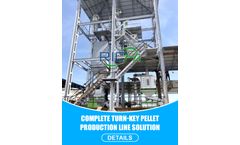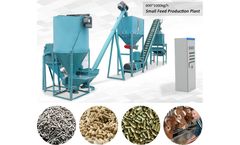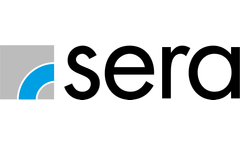Ruminant Feed Articles & Analysis
9 articles found
Why is it important to have a high-quality feed? The quality of ruminant feed is directly linked with milk production, animal health, as well as farm performance. As feed costs represent a significant number of the total production costs, it is crucial to ensure feed nutritional values and quality throughout the ...
In recent years, the application of fish feed pellet extruder extrusion innovation to feed manufacturing is an epoch-making leap in feed manufacturing modern technology. ...
First of all, under the premise of selecting high quality ring die, appropriate die hole form, open hole ratio and compression ratio (compression ratio = effective length of die hole/die hole diameter) should be selected according to the feed variety, formula and output. Generally speaking, straight holes and stepped holes are suitable for processing compound ...
Malaysia 3-5T/H Poultry Mash Feed Plant Project Indonesia 3-5T/H Ruminant Feed Plant For Sheep And Cattle Pellets Production Uzbekistan 1T/H Floating Fish Feed Plant And 1-2TPH Extruded Cattle Feed Plant Tanzania 3-5T/H Animal Livestock Poultry Pellet And Mash Feed Mill Project Hong Kong 3-4T/H ...
In recent years, more and more farmers who feed cattle, cow, sheep and other animals choose to make their own animal feed by purchasing a small set of ruminant animal feed production plant. ...
Using the in vitro gas production technique - which evaluate nutritive value of ruminants feeds - the fermentation kinetics of genetically modified (GM) corn and the gas production of GM soybean were respectively faster and lower compared to their respective conventional counterpart, although the chemical composition were not affect by the genetic modification. ...
Top animal feed is a result of the exact application of composition during the production process as well as the use of stateof-the-art technology. ...
Comparable risk management strategies have been put in place, such as a ban on the feeding of ruminant materials to other ruminants, a ban on the use of specified risk materials in human and animal feed, and targeted import policies designed to limit the possibility of introduction and propagation of BSE to and within the ...
Forage legume proteins were fractionated by the Cornell Net Carbohydrate and Protein System or ruminally incubated to assess how conditioning and conservation methods interact with polyphenols (condensed tannins or o-quinones) to alter protein degradability. ...

